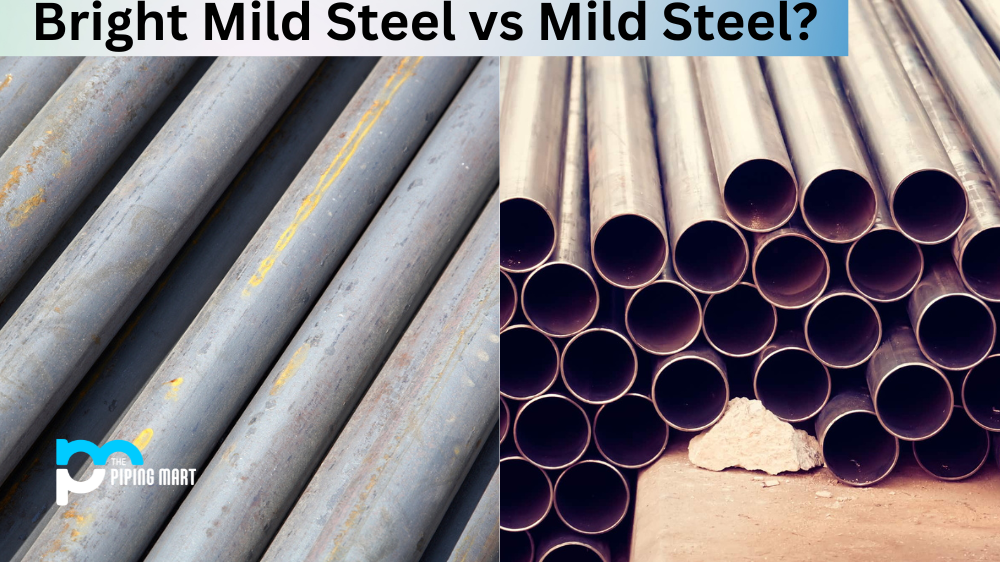The aerospace, chemical processing, and petrochemical industries rely heavily on corrosion-resistant alloys to ensure the lifespan and durability of their equipment. Two such alloys that continue to dominate the market are Alloy 400, and Hastelloy C. Both are highly resistant to corrosion and have an excellent track record of performance in harsh environments. However, significant differences in their properties could influence the choice of one over the other. In this blog post, we will delve into the differences between Alloy 400 and Hastelloy C and provide the information you need to make an informed choice.
Difference Between Alloy 400 and Hastelloy C
Composition
Alloy 400, also known as Monel 400, is a copper-nickel alloy with a minimum of 63% nickel. It also contains copper, iron, and trace amounts of manganese, silicon, and carbon. On the other hand, Hastelloy C is a nickel-chromium-molybdenum alloy containing significant amounts of tungsten and cobalt. Adding tungsten and cobalt improves its strength and makes it suitable for high-temperature applications.
Corrosion Resistance
Alloy 400 and Hastelloy C are highly resistant to corrosion but in different environments. Alloy 400 performs well in seawater, acidic, and alkaline environments. It is also resistant to stress corrosion cracking and has good thermal stability. On the other hand, Hastelloy C is suitable for use in strongly oxidizing environments like nitric acid and chlorine gas. Its corrosion resistance makes it ideal for chemical processing and nuclear power applications.
Strength
Hastelloy C is a significantly stronger alloy than Alloy 400. Its high chromium, and molybdenum content makes it more corrosion-resistant and rigid than Alloy 400. This strength makes it suitable for high-temperature and high-stress applications. However, Alloy 400 has good ductility and can be easily formed and welded into complex shapes.
Cost
Alloy 400 is a more affordable option than Hastelloy C. Its composition of copper and nickel makes it cheaper to manufacture and obtain. On the other hand, Hastelloy C is a more expensive option due to its design of precious metals like tungsten and cobalt.
Application
The choice between Alloy 400 and Hastelloy C depends on the specific application. If the application requires high resistance to seawater, acidic, and alkaline environments, Alloy 400 is a suitable option. On the other hand, if the application requires high resistance to oxidizing solid environments, high temperatures, and high-stress environments, Hastelloy C should be the preferred option.
Other Differences
- Alloy 400 is a nickel-copper alloy with excellent corrosion resistance in various environments.
- Hastelloy C is a nickel-chromium-molybdenum alloy with outstanding corrosion resistance in oxidizing and reducing environments.
- Alloy 400 is corrosion-resistant in the sea, brine, and other chloride-containing environments.
- Hastelloy C is resistant to corrosion in both acidic and basic environments.
- Alloy 400 resists stress corrosion cracking in hot and cold water environments.
- Hastelloy C resists pitting and crevice corrosion in oxidizing and reducing environments.
- Alloy 400 has good weldability and can be joined using all standard welding methods.
- Hastelloy C has excellent weldability and can be joined using all standard welding methods.
Conclusion
In conclusion, Alloy 400 and Hastelloy C have unique properties that make them ideal for different applications. Alloy 400 is a more affordable option that performs well in seawater, acidic, and alkaline environments. On the other hand, Hastelloy C is a more expensive option but ideal for robust oxidizing environments, high temperatures, and high-stress applications. The choice between the two depends on the specific application, and it’s essential to consider all the properties before deciding.

Pipingmart is a B2B portal that specializes in metal, industrial and piping items. Additionally, we share the latest information and information about materials, products and various types of grades to assist businesses that are involved in this business.




